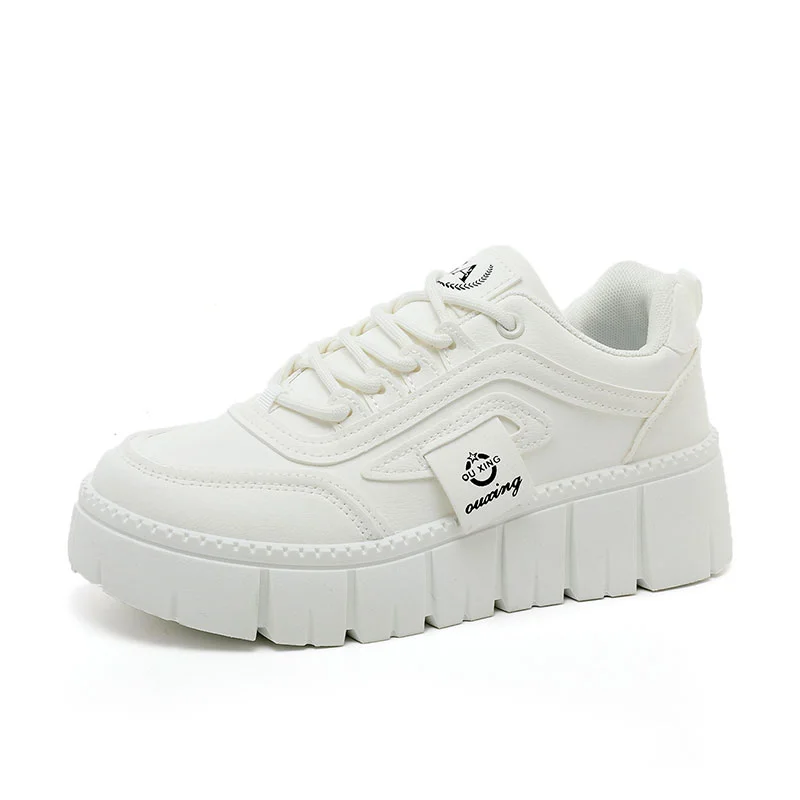In contemporary society, the concept of the ideal body type for women is a multifaceted topic that transcends mere physical appearance. It encompasses cultural, psychological, and health-related dimensions, reflecting the evolving standards of beauty and wellness. This article delves into the complexities of what constitutes an ideal body type for women, examining historical perspectives, current trends, and the implications of these ideals on women's health and self-image.
Historical Perspectives on Body Ideals
Throughout history, the perception of the ideal female body has undergone significant transformations. In ancient civilizations, such as the Venus figurines of prehistoric Europe, voluptuous figures symbolized fertility and prosperity. During the Renaissance, artists celebrated fuller figures, associating them with wealth and social status. However, the 20th century saw a dramatic shift, particularly with the rise of mass media and fashion industries. The slender, elongated silhouettes of models in the 1960s and 1970s, epitomized by icons like Twiggy, set a new standard that many women aspired to achieve.
The Impact of Media and Culture
Today, the media plays a pivotal role in shaping perceptions of the ideal body type. Social media platforms, in particular, have amplified the visibility of diverse body types while simultaneously perpetuating unrealistic standards. The rise of influencers and body positivity movements has encouraged a broader acceptance of various shapes and sizes. However, the juxtaposition of these movements against the backdrop of traditional beauty standards creates a complex landscape for women navigating their self-image.
The Science of Body Types
From a scientific standpoint, body types can be categorized into several classifications, including ectomorph, mesomorph, and endomorph. Each type has distinct characteristics regarding fat distribution, muscle mass, and metabolism. Understanding these classifications can help women set realistic fitness and health goals tailored to their unique body compositions.
- Ectomorph: Typically characterized by a slender frame, ectomorphs often have a fast metabolism and find it challenging to gain weight. Women with this body type may aspire to enhance their curves through targeted strength training and nutrition.
- Mesomorph: This body type is naturally muscular and athletic, with a balanced distribution of fat and muscle. Mesomorphs often find it easier to maintain a fit physique, making them well-suited for a variety of physical activities.
- Endomorph: Endomorphs tend to have a rounder physique with a higher percentage of body fat. Women with this body type may focus on cardiovascular exercises and a balanced diet to achieve their fitness goals.
The Psychological Aspect of Body Image
The quest for the ideal body type can have profound psychological implications. Studies have shown that societal pressures to conform to specific beauty standards can lead to body dissatisfaction, low self-esteem, and even eating disorders. It is crucial for women to cultivate a healthy relationship with their bodies, recognizing that beauty is not solely defined by size or shape.
Embracing Diversity: The New Ideal
In recent years, there has been a significant shift towards embracing body diversity. The body positivity movement advocates for acceptance of all body types, challenging the notion that there is a singular ideal. This movement encourages women to celebrate their individuality and prioritize health over appearance.
Health Over Aesthetics
Ultimately, the ideal body type for a woman should be defined by health and well-being rather than societal standards. A focus on physical fitness, mental health, and emotional resilience is essential. Women should aim for a balanced lifestyle that includes regular exercise, nutritious eating, and self-care practices.
Conclusion: Redefining the Ideal
The ideal body type for women is not a one-size-fits-all concept. It is a personal journey that varies from individual to individual, influenced by a myriad of factors including genetics, lifestyle, and personal values. As society continues to evolve, it is imperative to foster an environment that celebrates diversity and promotes holistic health. By shifting the focus from conforming to an ideal to embracing one’s unique body, women can empower themselves and redefine beauty on their own terms.



